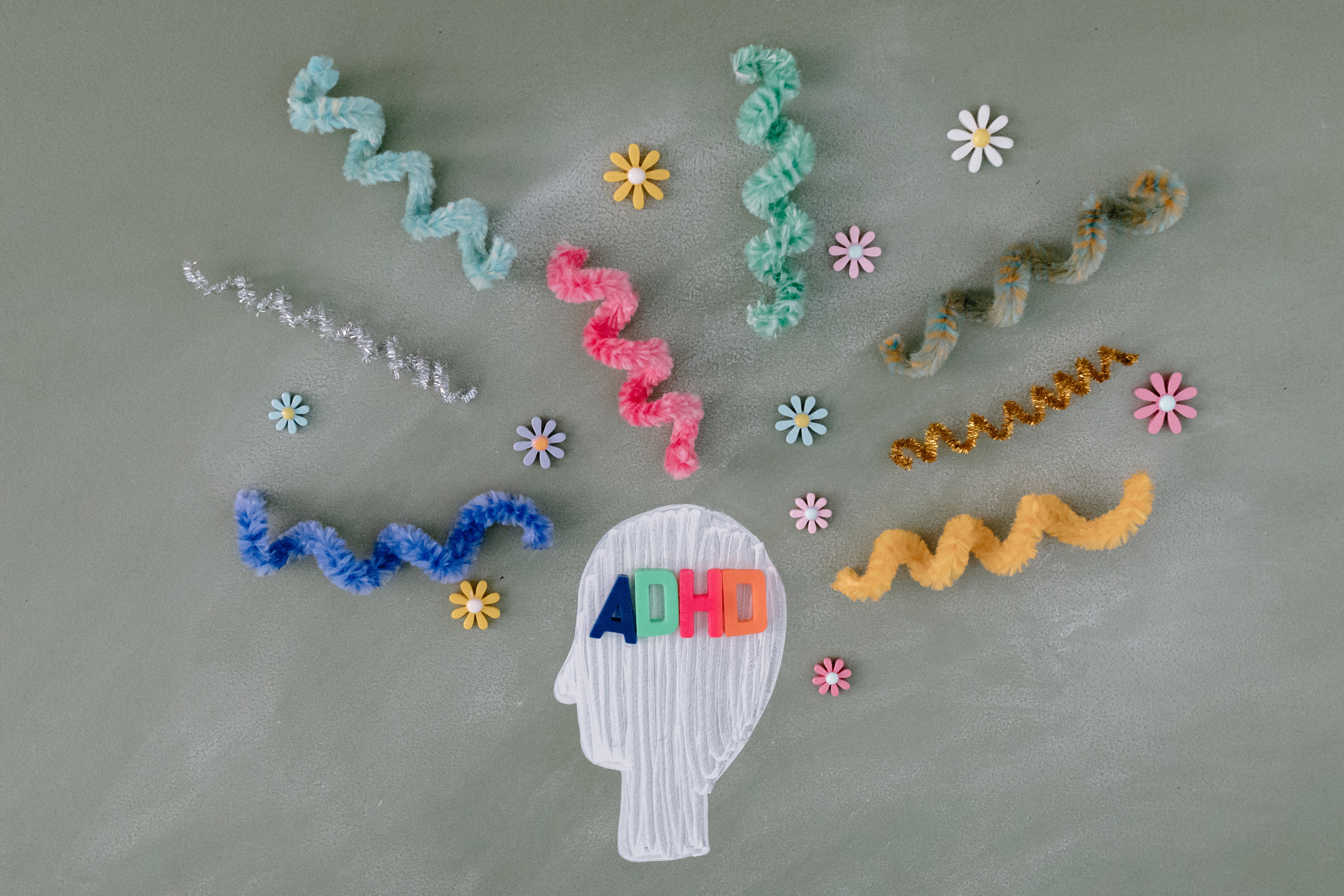
October is ADHD Awareness Month, an entire month dedicated to clearing up uncertainty and encouraging people to reframe the disorder with reliable information, appropriate treatment options, and real stories from people with ADHD.
ADHD, or Attention-Deficit/Hyperactivity Disorder, affects millions of Americans. There are between six and seven million U.S. children who have been diagnosed with ADHD, and there are likely millions more who have not received the benefit of a diagnosis. To complicate things further, half of all children with an ADHD diagnosis are also notably disruptive, with behavioral issues present in classrooms, playgrounds, and family settings. All too often, the stereotype around a child with ADHD aligns with this picture of an overactive, problematic personality. However, the remaining half of kids working through ADHD do not present such obvious symptoms. For this reason, the organizers of ADHD Awareness Month are being clear that “You Can’t Tell By Looking!” and, by extension, you can’t judge by looking.
The driving purpose behind this month’s awareness campaigns is to encourage people to seek ADHD assessment, find the right treatment plans, and share resources.
While it feels like a commonly discussed disorder in today’s culture, ADHD has only been on the map for the psychological community since roughly the 1980s. For this reason, it is not surprising that new research and information is emerging in real-time, and with better tools, more and more people are being diagnosed each year. In the past eight years, there has been a 42% spike in diagnoses. However, very few children are being appropriately treated. Only 6% of American children are prescribed medications to treat ADHD, and about 23% receive no care through medication or mental health counseling.
Men and boys are far more likely to be diagnosed with ADHD than girls and women. Beyond that, however, demographics do not play a major role in a person’s likelihood to experience attention deficits or hyperactivity. Here’s what to look for if you’re trying to understand whether a child in your life might have ADHD:
- Look for symptoms in young children, ages 3-6 years old. Most ADHD diagnoses happen when a child is age 7.
- Children who are not able to recognize other peoples’ needs and desires may have ADHD. Watch out for frequent interrupting or impatience.
- When a child interrupts conversations, they are indicating an inability to relate to others’ experience.
- Does your child have frequent tantrums or outbursts? Difficulty controlling anger is a likely indicator of ADHD.
- Squirming, fidgeting, and struggling to finish things they’ve started are all classic signifiers of ADHD.
- When a child is repeatedly careless, disorganized, or forgetful, they may be displaying ADHD symptoms.
- Not all kids with ADHD are loud and unruly – sometimes, ADHD can show up as a tendency to daydream or ignore what’s happening around them.
It is important to note that ADHD symptoms can continue to show up as a child gets older and have more serious consequences. A child’s ability to perform well at school, socialize in healthy ways, and conduct themselves in public can be affected if ADHD goes unnoticed or untreated. ADHD can also present in adults. Adult ADHD is a disorder that psychologists are beginning to study and better understand, but at this point, 4% of American adults have been diagnosed.
Here’s the good news: ADHD is treatable. Children who demonstrate symptoms for over six months are advised to seek professional care to determine whether they should move forward with behavioral therapies, medication, or both. In the household, there are a variety of measures families can take to help create a healthy environment for coping with ADHD. Simple lifestyle adjustments like incorporating healthy foods, dedicating plenty of time for exercise, and prioritizing a good night’s sleep are crucial for young children. Keeping a consistent schedule with clear expectations is also crucial for kids. This means getting clear about where and when they do their homework, where to put things away, and how to behave in different contexts.
A child’s holistic experience is the foundation of our teaching approach at Maryvale. Our Early Education and After School Programs combine structured learning with play, physical exercise, and socialization. To learn more about how Maryvale supports children throughout their development, please visit our website.






